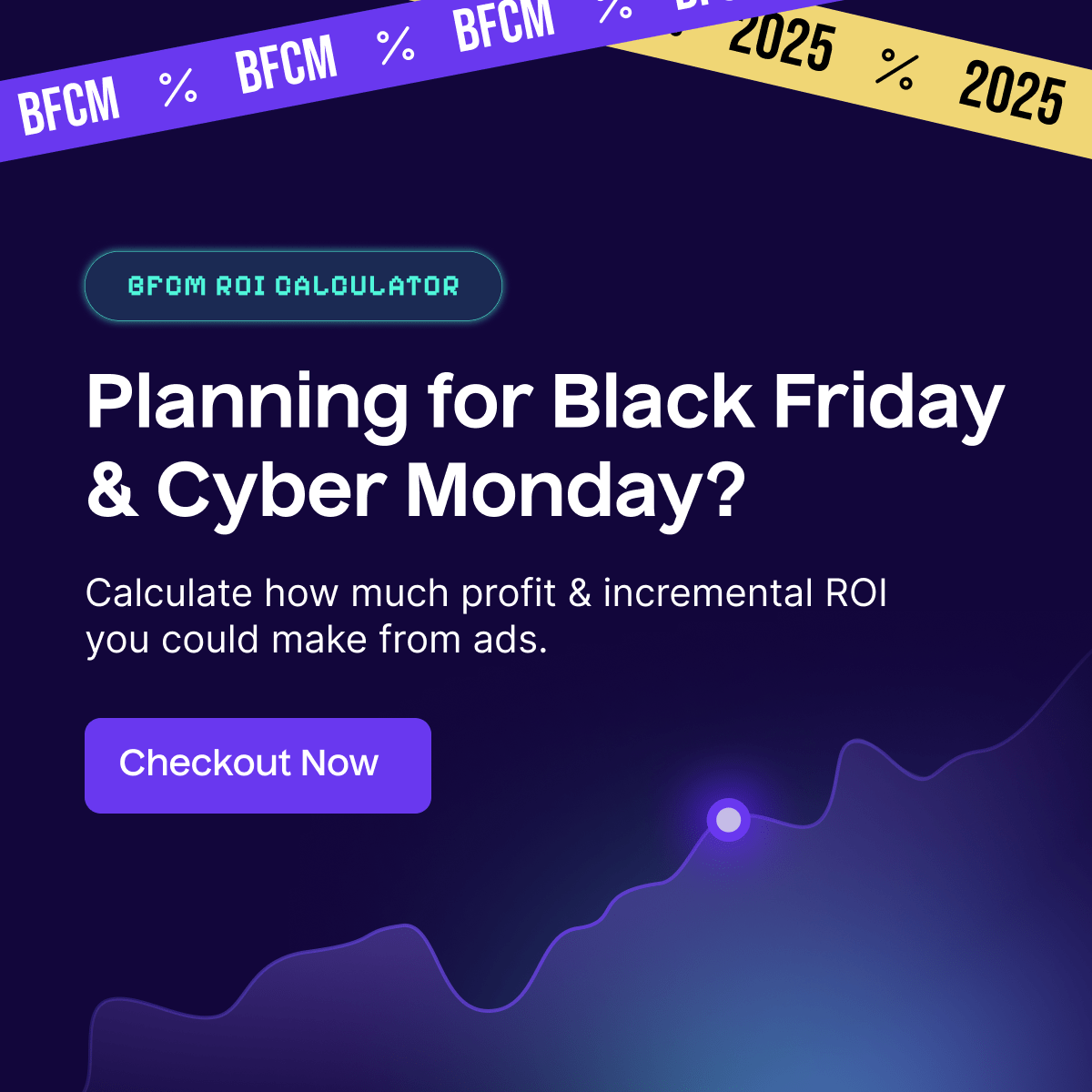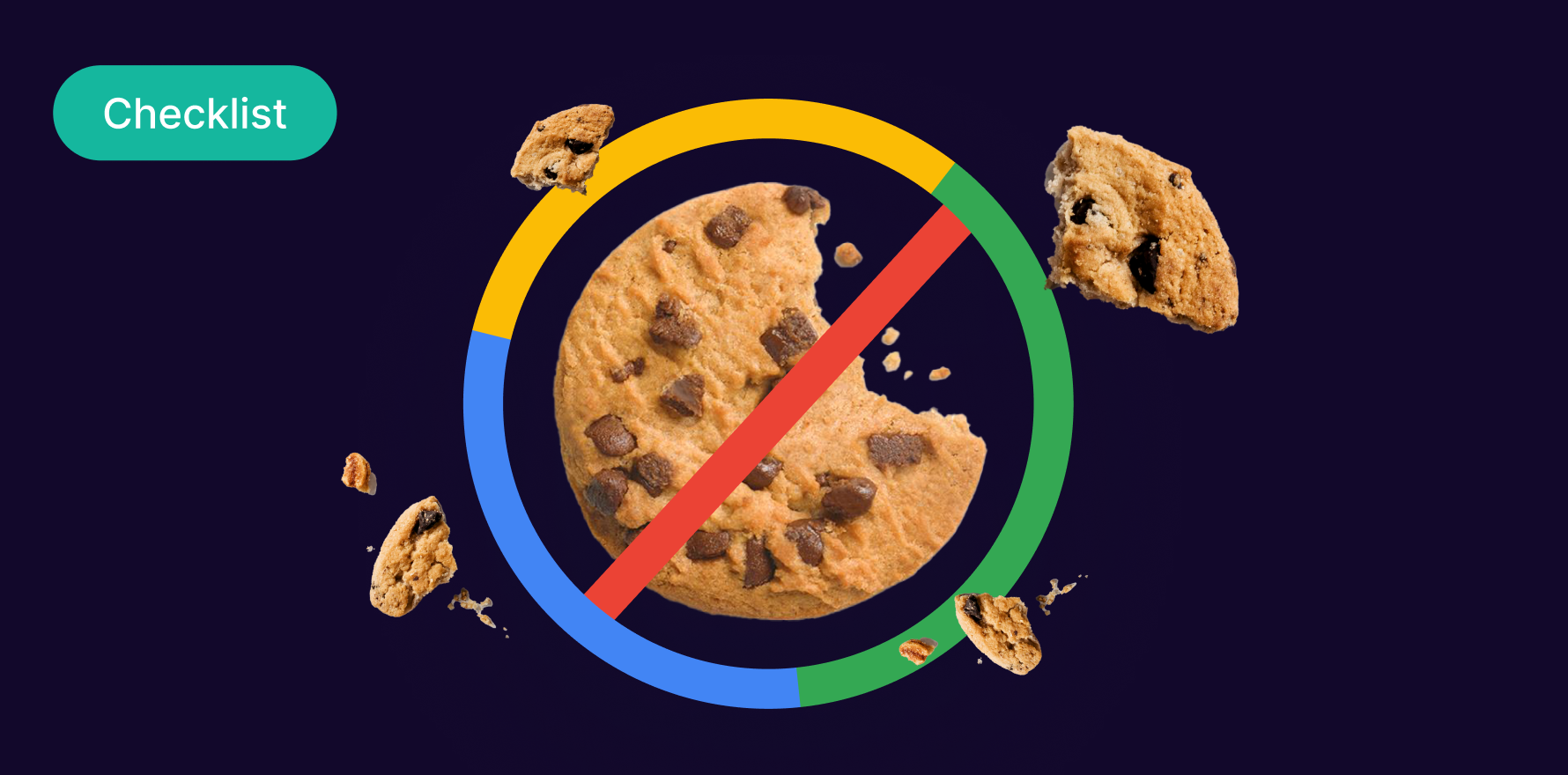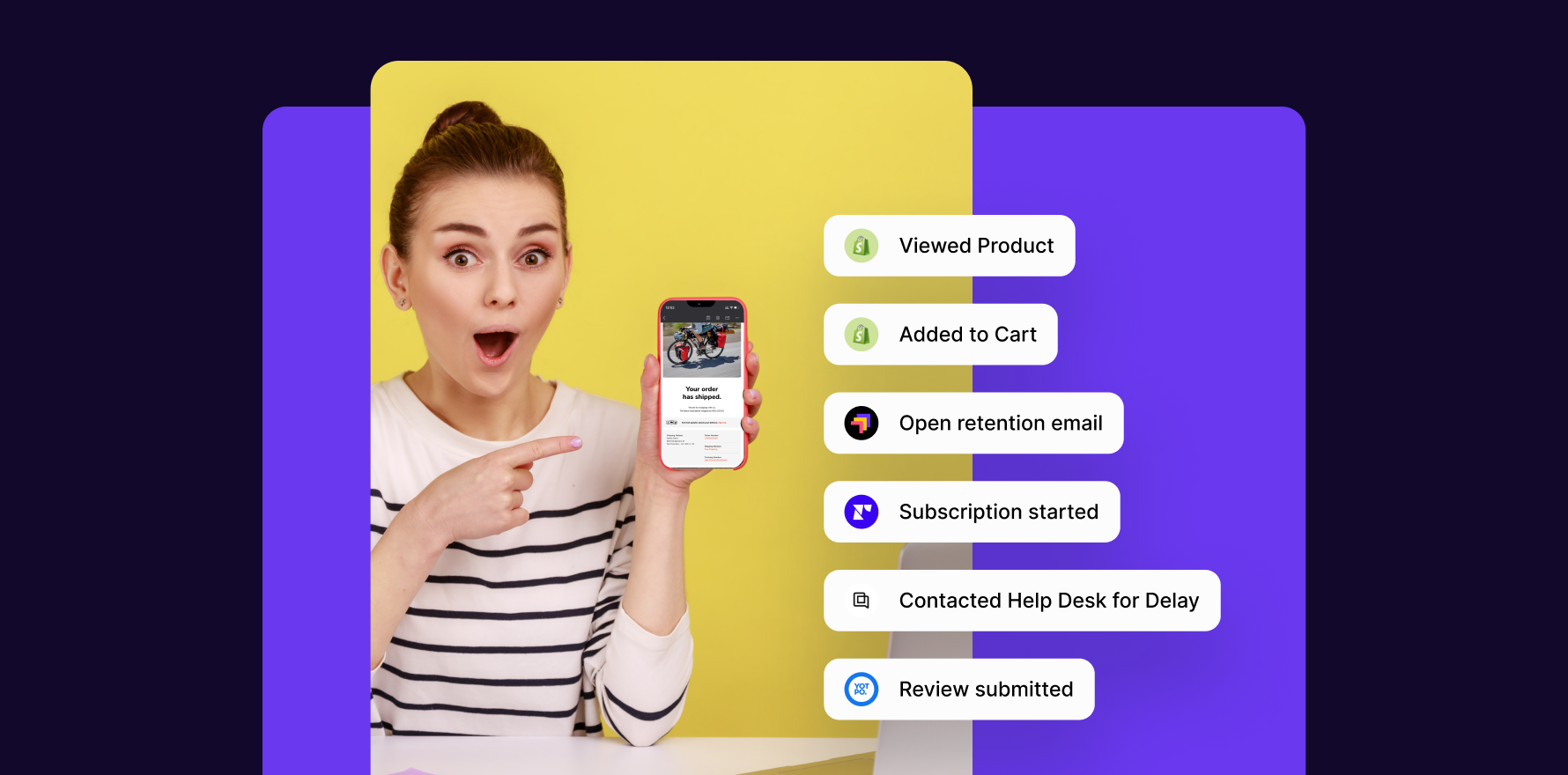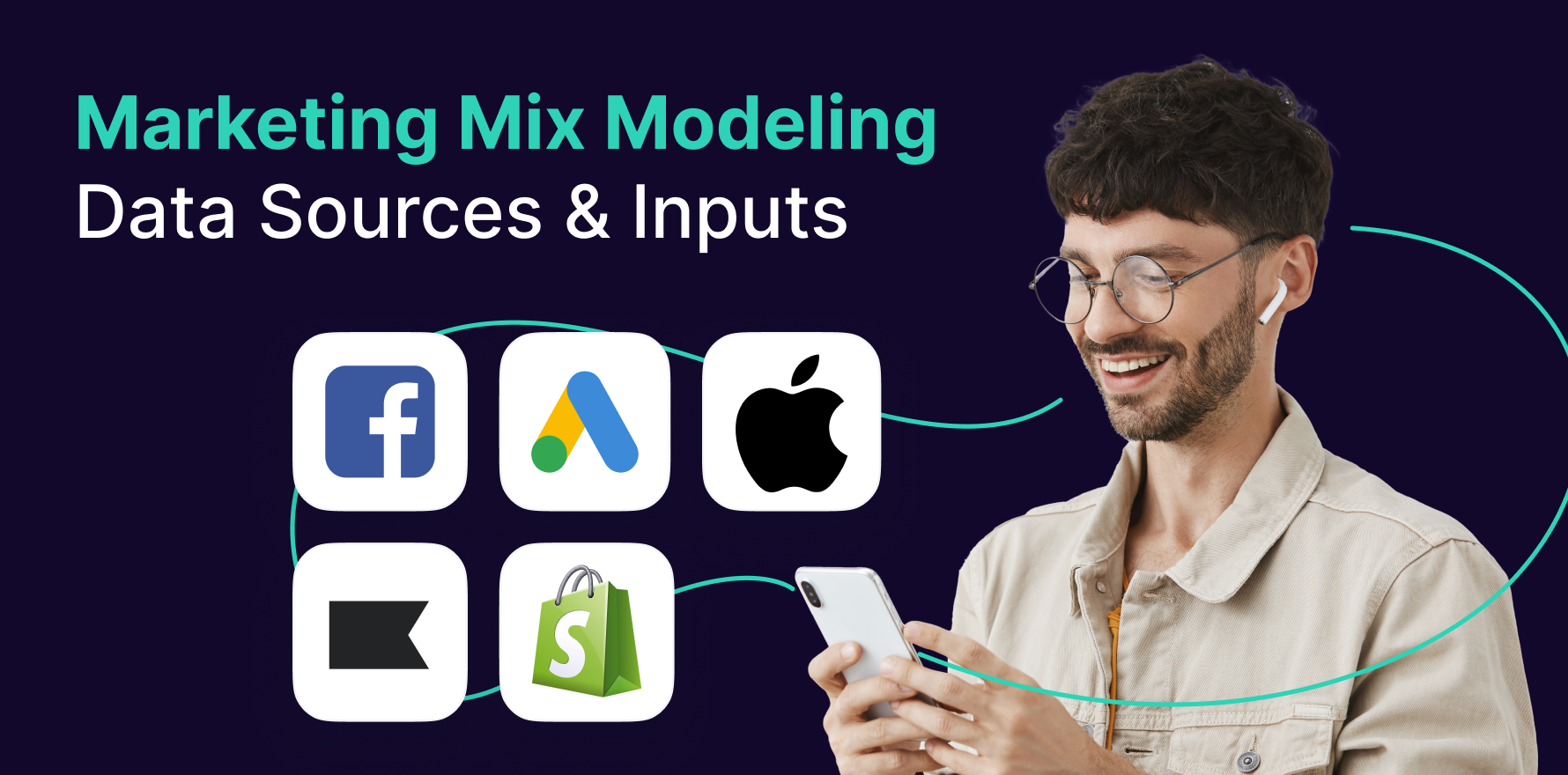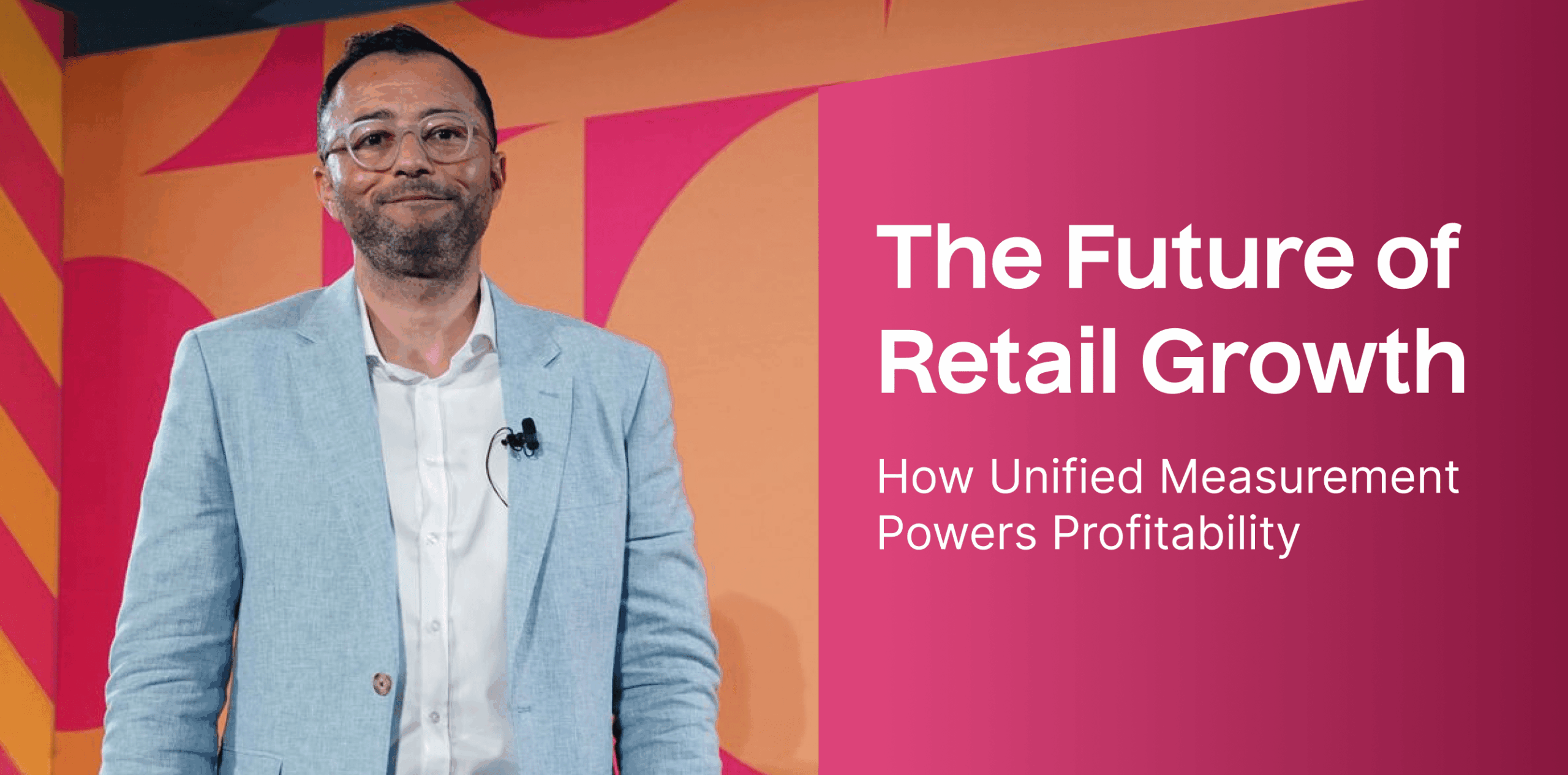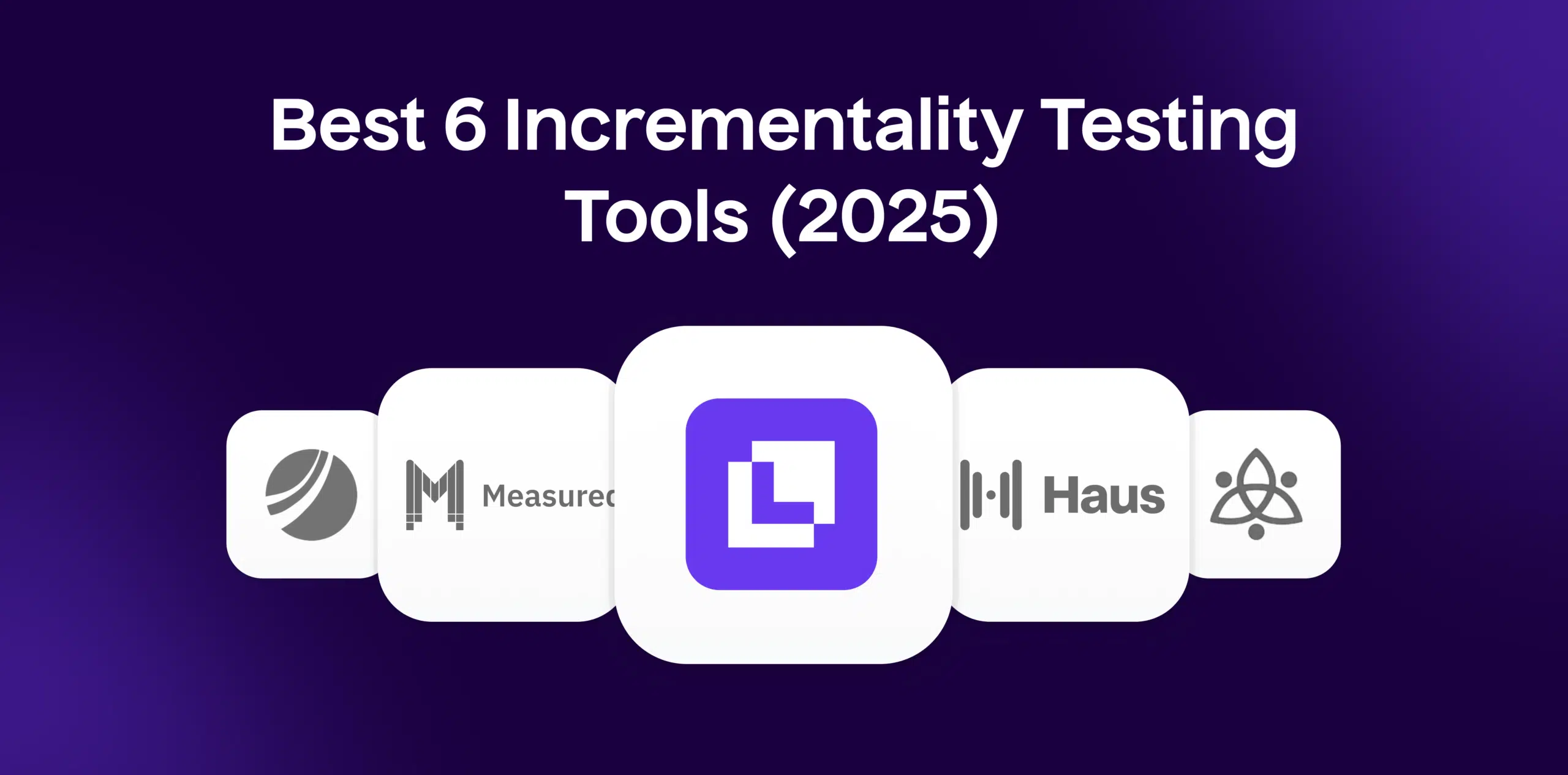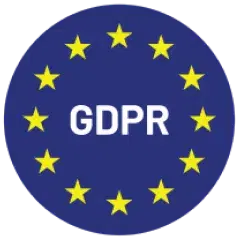What is Repeat Customer Rate?
Repeat Customer Rate (RCR) is a crucial metric for ecommerce businesses, as it reflects the proportion of customers who return to make additional purchases from an online store after their initial transaction. This indicator of customer loyalty provides insights into the effectiveness of a company’s retention strategies and overall customer satisfaction. A higher RCR signifies better customer engagement, increased brand loyalty, and a stronger relationship between the customers and the online store.
Formula
Repeat Customer Rate = (Number of Repeat Customers / Total Number of Customers) x 100
Example
Let’s say an online store has 1,000 customers, out of which 250 have made another purchase from the store. The RCR would be calculated as (250 / 1,000) x 100 = 25%.
Why is Repeat Customer Rate important?
- Cost-effective marketing: Acquiring new customers can be costly, and retaining existing ones is more cost-effective. A higher RCR means reduced marketing costs and increased profitability.
- Better customer lifetime value: Repeat customers tend to spend more on average than first-time buyers. A higher RCR implies higher customer lifetime value for your business.
- Greater brand loyalty: Customers who return to an online store are more likely to be loyal to the brand and recommend it to others, increasing word-of-mouth promotion and customer trust.
- Predictable revenue: Repeat customers are a more predictable source of revenue, helping in better resource allocation, and informed decision-making.
Which factors impact Repeat Customer Rate?
- Quality of products: High-quality products that meet customer expectations will encourage them to make repeat purchases.
- Pricing strategy: Competitive pricing and value-based offers can contribute to attracting and retaining customers.
- Shipping and delivery: Prompt and efficient delivery plays a significant role in developing customer satisfaction and building trust.
How can Repeat Customer Rate be improved?
- Excellent customer service: Providing exceptional customer service, addressing concerns promptly, and offering personalized assistance can boost customer satisfaction and increase RCR.
- Incentives for repeat purchases: Offer loyalty programs, discount codes, or exclusive offers to encourage customers to make additional purchases.
- User-friendly website: Ensure a seamless shopping experience with an intuitive user interface, efficient checkouts, and optimized site speed.
- Personalized communication: Engage customers in meaningful interactions and offer personalized product recommendations via targeted emails, push notifications, or social media promotions.
- Request feedback: Encourage customers to provide feedback, and incorporate suggestions to make necessary improvements to your product or service.
What is Repeat Customer Rate’s relationship with other metrics?
- Customer satisfaction: A higher RCR reflects better overall customer satisfaction, leading to increased brand loyalty and customer base growth.
- Conversion rate: Improved RCR implies better targeting and customer engagement, resulting in increased conversion rates for ecommerce businesses.
- Customer retention cost: A higher RCR means lower customer retention costs, as greater customer loyalty leads to reduced marketing expenses on new customer acquisition.
Free essential resources for success
Discover more from Lifesight
